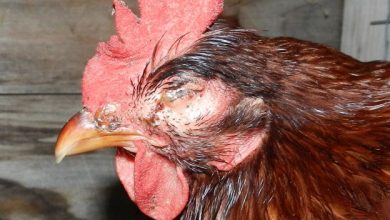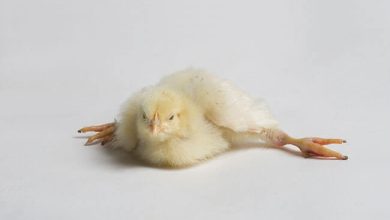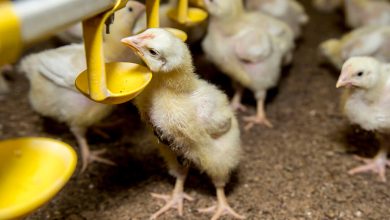Chronic Respiratory Disease in Poultry

Vipin1, Kundan Kumar2, Pramod Kumar Soni2 1Ph.D. Scholar, ICAR-National Dairy Research Institute,2ICAR- Indian Veterinary Research Institute
Introduction: This disease is also known as Mycoplasma gallisepticum infection. It is a chronic slow-spreading contagious disease in poultry characterized by cough, sneezing and tracheal rales. The endemic form is most common in India and this disease reported almost in all country.
Etiology: The disease caused by Mycoplasma gallisepticum. The ideal temperature for growth is 37-39 0C. It can propagate through embryonated eggs. Chicken and Turkey are the most susceptible host but this disease can occur in Pheasants, Quail, Ducks and Geese.
Transmission: The transmission of the disease occurs mainly in three ways-
Contact: Bird to bird contact so also known as horizontal transmissions.
Eggs: Vertical transmission through infected eggs of chicken and turkey. The oviduct of fowl is heavily infected as the organism can be isolated from the site.
Aerosol: Nasal discharge act as media for transmission. Infection may spread through droplet’s infection or inhalation.
Pathogenesis: Susceptible birds may harbour the organism without showing much clinical sign except mortality in very young chicks. Overcrowding, malnutrition, bad hygiene and bad sanitation may responsible for infection setup. Entire respiratory tract gets involved including all the air sacs. The infection spread to the liver, pleura, pericardium and rest of the abdominal cavity.
Clinical Signs: The clinical signs include tracheal rales, sneezing, coughing nasal discharge and respiratory distress. Yong birds show sign of conjunctivitis with lachrymation. Reduction in egg production but eggs is not abnormal. Hatchability may be reduced. Ataxia and lameness accompanied by enlargement of the hock joint. There are two forms of this disease in the turkey. With the “upper form” the birds have watery eyes and nostrils, the infraorbital become swollen, and the exudate becomes caseous and firm. With the “lower form”, infected turkeys develop airsacculitis.
Lesions: Mainly observed in liver, lungs and respiratory organs.
Liver- Serofibrious exudate discharge.
Trachea-Thickening of the mucosa, congested and caseous exudate, granular appearance with nodular growth due to lympho nodular hyperplasia.
Lungs- Pneumonic changes and granulomatous.
Reproductive tract- Salpingo-peritonitis. Hyperplasia of the lymphoid follicle of isthmus, magnum, oviduct and vagina.
Diagnosis: Clinical sign as reduced feed intake, coughing, sneezing and reduced egg production. Isolation of organism in specific PPLO media. in case of live birds, the sample can be collected from cloacal swab, trachea and pharynx whereas in case of dead birds’ sample can be collected from the nose, air sac or lungs.
Treatment
- Tylosin tartrate@1g/litre in water for 24-72 hrs.
- Tiamulin@0.025% in water for 3 consecutive days.
- Lincomycin feed mix@ 1g/kg of feed.
Control
- Use of live culture vaccine.
- Segregation of infected birds.
- Hatching of eggs can be made free from infections.
- Dipping of eggs in tylosin or erythromycin solution before incubation.




